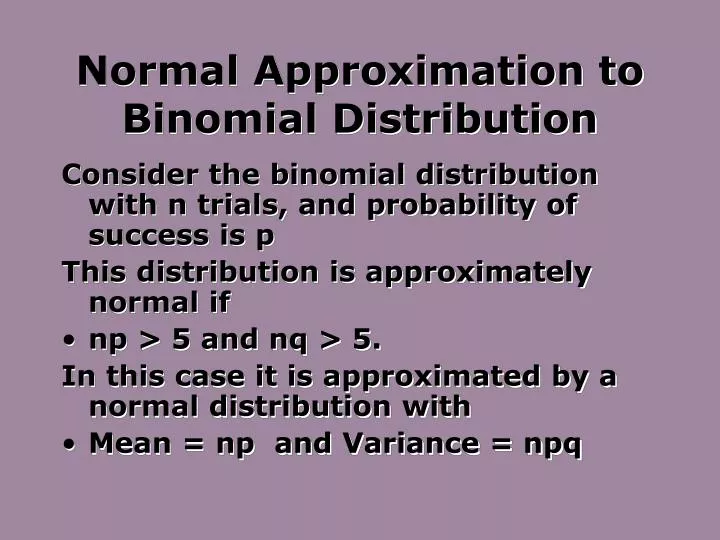

#A BINOMIAL DISTRIBUTION HAS 100 TRIALS TRIAL#
A random variable X follows a binomial probability distribution if:ġ) There are a finite number of trials, n.Ģ) Each trial is independent of the last.ģ) There are only two possible outcomes of each trial, success and failure.

Now that we’ve covered the basic definitions involved for a binomial distribution, let’s briefly summarize them, before looking at an example. Because of the frets, it is possible to play an F or an F-sharp, but not a tone in between. The musical notes on this fretted bass guitar are discrete. For more on discrete versus continuous distributions, check out this other post on the normal distribution.) (For example, when you roll a die, you can roll a 3, and you can roll a 4, but you cannot roll a 3.5. This means that the possible outcomes are distinct and non-overlapping. Lastly, the binomial distribution is a discrete probability distribution. For the roll of a die, we know this to be true: just because a five rolled the last time does not change the probability of rolling a 5 on future rolls the probability of success remains unchanged at 1 in 6. In our example of the 6-sided die, our probability of success (rolling a 5) is p = ⅙ our probability of failure (not rolling a 5) is q = 1 – ⅙ = ⅚.įor the binomial distribution to be applied, each successive trial must be independent of the last that is, the outcome of a previous trial has no bearing on the probabilities of success on subsequent trials. Because the two events are /complementary, q = 1 – p. Generally, we define the probability of success as p, and the probability of failure as q. Note that however we define success and failure, the two events must be mutually exclusive and complementary that is, they cannot occur at the same time (mutually exclusive), and the sum of their probabilities is 100% (complementary). In this case, we define success as “rolling a 5” and failure as “not rolling a 5.” In this case, each roll of the die would be a trial. Photo by Downwards.Īnother example involves rolling a standard 6-sided die. The probability of making 4 out of 10 foul shots could be calculated using the binomial distribution.


 0 kommentar(er)
0 kommentar(er)
